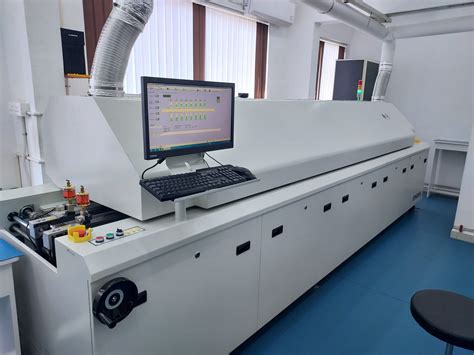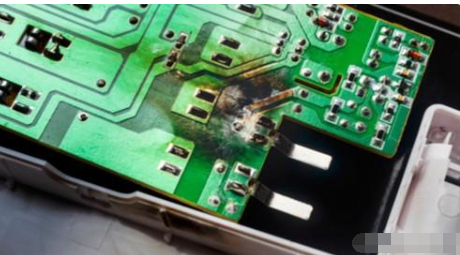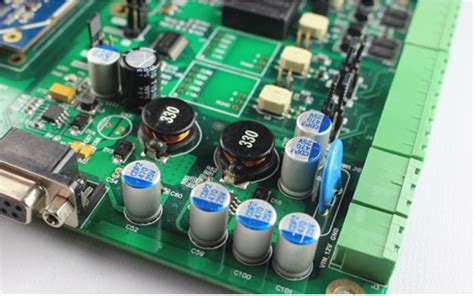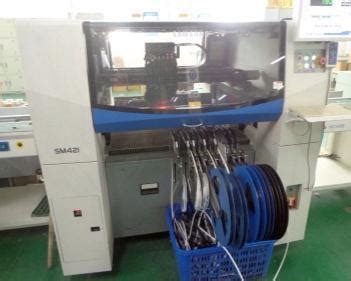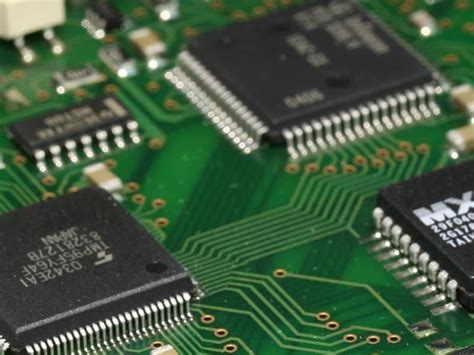Innovations in Aerospace PCB Assembly: Pioneering Precision and Safety
Key Takeaways
The evolving landscape of aerospace PCB assembly (PCBA) is marked by several key innovations that significantly contribute to its precision and safety. Firstly, the integration of advanced materials has revolutionized the quality and performance of printed circuit board assembly, allowing manufacturers to produce lightweight, durable components that withstand the rigorous demands of aerospace applications. Additionally, sophisticated design software enables pcba engineers to simulate and optimize layouts before production, thereby minimizing errors and reducing waste. Another noteworthy advancement is the implementation of real-time monitoring technologies during the assembly process, which provides immediate feedback on potential issues, greatly enhancing safety standards. Moreover, embracing automation has augmented production efficiency; automated systems can deliver consistent quality while reducing human error. These innovations collectively foster reliability in aerospace components, ensuring that they meet stringent industry requirements while pushing the boundaries of technology further than ever before. As these methodologies continue to evolve, the implications for future trends in aerospace PCB assembly are profound, painting a picture of greater reliability and performance at every level of manufacturing.
Introduction to Aerospace PCB Assembly Innovations
In recent years, innovations in PCB assembly (PCBA) have significantly transformed the aerospace industry, fostering advancements that are paramount for operational success. The complexity of aerospace applications demands the highest standards in precision and reliability, and these innovations are meeting that need head-on. Techniques such as multilayer PCB designs and the integration of high-density interconnects have been pivotal in enhancing the functionality of components used in aircraft systems. Moreover, the use of advanced materials tailored to withstand extreme environmental conditions ensures that these PCBs maintain their performance and structural integrity.
Additionally, innovative soldering techniques such as the implementation of lead-free solder have aligned with stringent safety regulations while also improving thermal stability. Such advancements emphasize both efficiency and safety, which are crucial for aerospace applications. The evolving nature of PCB assembly processes illustrates how various key technologies harmonize to contribute to safer and more reliable aerospace systems.
“Embracing innovative practices in PCB assembly not only enhances the technical capabilities but also upholds safety standards essential in aviation technology,” highlights an industry expert.
As these trends continue to develop, the aerospace sector is poised for a future where precision and safety are not just goals but standard practices within manufacturing workflows. The continuous feedback loop between technology advancements and industry needs positions us on an exciting path toward more sophisticated aerospace solutions powered by cutting-edge PCBA techniques.
Key Technologies Advancing Precision in Aerospace Manufacturing
In the realm of aerospace manufacturing, the importance of precision is paramount, and PCB assembly has become a critical component in achieving this goal. Modern pcba techniques are being developed that utilize advanced materials and manufacturing processes to enhance the accuracy of components used in aircraft and spacecraft. For instance, the integration of 3D printing technology allows for intricate designs that were previously difficult or impossible to achieve with traditional methods. This not only improves accuracy but also reduces material waste, contributing to more sustainable practices.
Furthermore, automated inspection systems are playing a vital role in ensuring the precision of pcb assembly. By employing sophisticated algorithms and high-resolution imaging technology, manufacturers are now capable of identifying defects at levels undetectable by the human eye. This enhances overall product quality and reduces potential safety risks associated with faulty components.
Another breakthrough is the utilization of flexible circuit boards, which offer unique advantages in weight reduction while maintaining performance integrity. These boards can adapt to various shapes and environments, making them ideal for use in aerospace applications where space and weight are critical considerations.
| Technology | Benefits |
|---|---|
| 3D Printing | Enhanced design capabilities, reduced waste |
| Automated Inspection | Increased defect detection accuracy |
| Flexible Circuit Boards | Weight reduction, space optimization |
Through these advancements, the aerospace industry not only ensures greater reliability in its components but also reinforces its commitment to innovation and safety. As these technologies continue to evolve, they will undoubtedly shape the future landscape of aerospace manufacturing, pushing boundaries further while maintaining strict adherence to safety standards.
Enhancing Safety Standards in Aerospace PCB Assembly Processes
In the aerospace industry, safety is paramount, and this principle extends directly to PCB assembly processes. Recent innovations in pcb assembly techniques have significantly bolstered safety standards, ensuring that components meet rigorous regulatory demands. For instance, the incorporation of advanced testing methodologies during the PCBA process allows for the early detection of potential failures. This proactive approach not only helps in identifying manufacturing defects but also assists in ensuring that every unit adheres to stringent safety protocols.
Additionally, implementing materials with enhanced thermal and electrical properties has proven beneficial. The use of these advanced materials during pcba production enhances reliability under extreme conditions commonly found in aerospace applications. Moreover, the integration of digital technologies into the PCB assembly line facilitates real-time monitoring and diagnostics, ensuring that any deviations from safety standards can be immediately addressed.
These advancements are critical for not only meeting current regulatory standards but also setting a higher bar for future aerospace innovations. By prioritizing safety through meticulous design and manufacturing processes, the industry is paving the way for safer and more reliable aerospace technologies. As these techniques evolve, they contribute to a culture of safety that permeates every aspect of aerospace engineering and production.
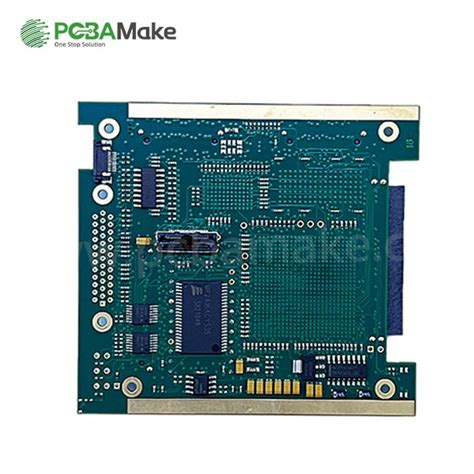
The Role of Automation in Modern PCB Assembly Techniques
Automation plays a critical role in the evolution of PCB assembly processes, particularly within the aerospace sector, where precision and reliability are non-negotiable. The integration of advanced robotics and machine learning technologies has revolutionized the landscape of pcba manufacturing, enabling manufacturers to achieve higher efficiency and accuracy. Automated systems are capable of handling complex tasks such as component placement and soldering with unparalleled speed, drastically reducing the potential for human error. Additionally, these systems leverage real-time data analysis to monitor assembly processes continuously, ensuring optimal performance while providing critical insights for ongoing improvements. As technological capabilities advance, automation not only enhances productivity but also adheres to stringent safety standards that are paramount in aerospace applications. By embracing automation in aerospace PCB assembly, manufacturers can ensure that they meet the ever-increasing demands for quality and reliability while paving the way for future innovations in aerospace technology.
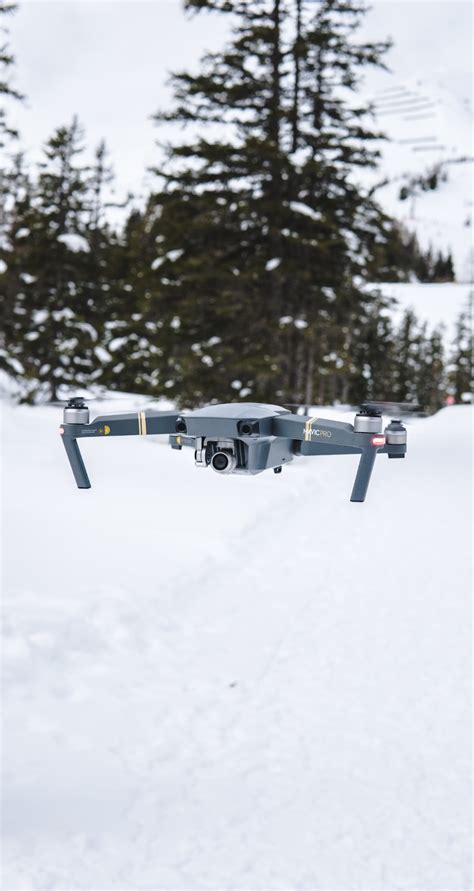
Quality Control Measures: Ensuring Reliability in Aerospace Components
In the realm of aerospace PCB assembly, stringent quality control measures are imperative to ensure the reliability of components used in critical applications. The intricacies involved in pcb assembly necessitate a multi-faceted approach to quality assurance, encompassing various stages of the manufacturing process. Techniques such as automated optical inspection (AOI) and X-ray inspection play a significant role in identifying defects at early stages, thus preventing costly failures later on. These innovative techniques allow manufacturers to maintain high standards of quality by meticulously examining the integrity of solder joints and verifying component placements on printed circuit boards (PCBs). Additionally, implementing environmental testing procedures ensures that components withstand diverse operational conditions expected in aerospace environments, such as varying temperatures and humidity levels. By applying these rigorous quality control methods throughout the pcba lifecycle, aerospace manufacturers can significantly enhance the dependability and safety of their products. Such proactive measures are not only vital for compliance with international standards but also reinforce stakeholder confidence in high-performance aerospace systems, ultimately contributing to the advancement of aviation technology.
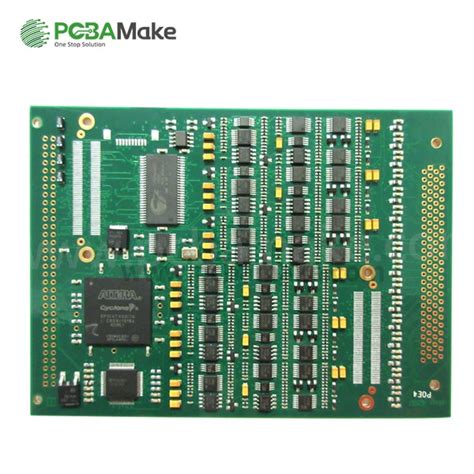
Case Studies: Successful Implementations of Innovative PCB Solutions
The aerospace sector is witnessing remarkable transformations through innovative PCB assembly techniques that significantly enhance both precision and safety. Case studies from various aerospace manufacturers illustrate the successful deployment of PCBA solutions that incorporate advanced automation, which has led to substantial improvements in production efficiency. For instance, a leading aerospace company recently integrated robotic systems into their pcb assembly line, resulting in a 30% increase in throughput while simultaneously reducing error rates.
These improvements are not solely limited to production speed; the implementation of state-of-the-art inspection technologies has also played a crucial role in achieving high-quality standards. One notable example showcases the use of machine vision systems that evaluate each component’s integrity during assembly, ensuring that only reliable parts move forward in the manufacturing process. Furthermore, techniques such as 3D solder paste printing have emerged, enhancing control over solder deposition and minimizing defects—an essential factor when dealing with critical aerospace applications.
Overall, these case studies reflect a growing commitment within the industry to leverage technology for improved PCBA methodologies, thereby fostering an environment where precision and safety remain paramount in aerospace manufacturing.
Future Trends: The Evolution of Aerospace PCB Technologies
As the aerospace industry continues to evolve, the pcb assembly processes are undergoing significant innovations that promise to reshape manufacturing methodologies. One of the most notable trends is the integration of advanced materials within pcb assembly systems that enhance performance while reducing weight. These materials, which often boast superior thermal and electrical properties, are critical in demanding aerospace applications where safety and efficiency are paramount. Furthermore, the growing utilization of automated technology in pcba processes not only increases production speed but also ensures a higher level of precision. With the ability to incorporate machine learning and artificial intelligence, manufacturers can identify anomalies in real-time, fostering a proactive approach to quality control. Another exciting development is the shift toward modular assembly techniques, which enable more flexible designs. This allows aerospace engineers to customize configurations more effectively, accommodating evolving technological requirements without compromising on safety standards. The vision for future aerospace PCB technologies lays a foundation for further advancements that prioritize both efficiency and reliability in an ever-competitive landscape. It is evident that as these trends take root, they will significantly influence not just manufacturing practices but also overall aircraft performance and safety protocols.
Conclusion: The Impact of Innovations on the Aerospace Industry
The rapid advancements in pcb assembly processes have significantly transformed the aerospace industry, leading to enhanced performance and reliability in aerospace technology. As manufacturers adopt innovative techniques, they are witnessing improvements in both production efficiency and component safety. The integration of pcba with state-of-the-art automation and quality control measures ensures that each component meets rigorous aerospace standards. These innovations not only streamline production but also minimize errors, directly contributing to safer aircraft operations. Furthermore, the shift towards more reliable pcb assembly methods is crucial in meeting the ever-growing demands for lightweight materials without compromising on strength and durability. The continual evolution of pcba technologies positions the aerospace sector to better respond to challenges and leverage new opportunities, ultimately driving progress that reverberates through the entire industry. As we look ahead, it is clear that these advancements will play a pivotal role in shaping a safer and more efficient future for aerospace travel.
Conclusion: The Impact of Innovations on the Aerospace Industry
The innovations in aerospace PCB assembly have significantly transformed the landscape of the aerospace industry, paving the way for enhanced precision, safety, and efficiency in manufacturing. With advancements in technology, processes involving PCB assembly now integrate sophisticated techniques such as automated soldering and advanced material selection. These enhancements not only improve the reliability of components but also streamline production timelines, effectively reducing time-to-market for new aerospace technologies.
Furthermore, as safety standards become increasingly stringent, implementing rigorous quality control measures in PCBA processes has become paramount. Manufacturers are now more focused than ever on ensuring that each component meets both performance and reliability benchmarks. The role of automation in these processes cannot be understated; by minimizing human error and optimizing production workflows, automation plays a crucial part in achieving consistent quality across all aerospace electronics.
As we look to the future, it is clear that innovation in aerospace PCB assembly will continue to drive advancements and redefine industry standards. These transformations promise not only to enhance existing technologies but also to open new avenues for development within the aerospace sector, suggesting a future where efficiency meets unrivaled safety and precision.
FAQs
What is PCB assembly in the aerospace industry?
PCB assembly, or PCBA, refers to the process of soldering electronic components onto a printed circuit board designed specifically for aerospace applications. This process ensures that all components work together reliably in critical environments.
Why is precision important in aerospace PCB assembly?
Precision is vital as aerospace components operate under strict performance standards. Any deviation can lead to malfunctions, jeopardizing safety and product integrity.
What are some innovative techniques in aerospace PCB assembly?
Innovative techniques include advanced soldering methods, surface mount technology (SMT), and automated inspection processes. These advancements help improve the overall quality and efficiency of PCBA.
How do safety standards affect PCB assembly processes?
Safety standards dictate rigorous testing and quality assurance measures during pcb assembly processes, ensuring that every component meets high-performance criteria essential for aviation safety.
How does automation play a role in modern PCB assembly?
Automation enhances precision and reduces human error in the PCBA process. By using robotics and automated systems, manufacturers can achieve consistent quality while increasing production speed.
For more in-depth information about the advancements and techniques in aerospace PCB assembly, please click here.

